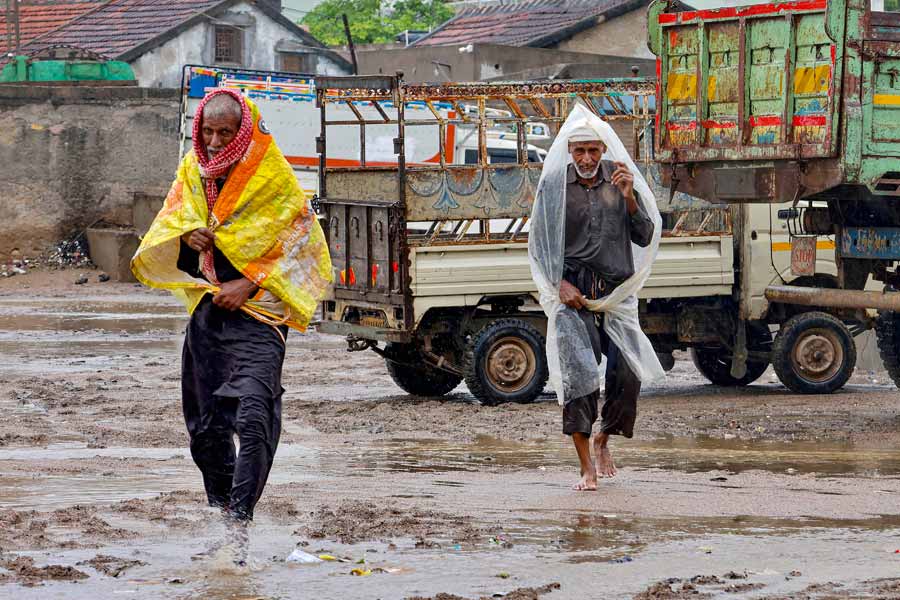Book name: Opium Inc: How a global drug trade funded the British Empire
Author name: Thomas Manuel,
Publisher, price: HarperCollins, Rs 599
If you are curious about the history of the drug trade that funded British imperialism, read Thomas Manuel’s new book, Opium Inc. It offers an excellent introduction to this subject, using the material at hand to create a vivid picture of India’s past beyond what is taught in the official histories of school textbooks. He writes in an accessible style that would encourage readers unfamiliar with this area of research to plunge in with interest and excitement.
Manuel writes, “In the 19th century, the British East India Company operated a triangle of trade that straddled the globe, running from India to China to Britain. From India to China, they took opium. From China to Britain, they took tea. From Britain to India, they brought empire. It was a machine that consumed cheap Indian land and labour, and spat out money.”
How did the British develop a taste for tea? Why did the Chinese want silver? What were the similarities and differences between the opium trade during the British rule and the opium trade during the reign of Mughal emperors such as Babur, Humayun and Akbar? How did the British suppress anti-colonial resistance to the opium trade in India? What strategies did smugglers use to challenge the State’s monopoly? The book answers all these questions.
Armed with a range of sources, Manuel constructs a narrative that challenges the simplistic binary of victim and perpetrator. He shows how the opium trade affected different groups of Indians in varying ways based on their social standing, economic interests, geographical location, gender, and relationship with the British. He invites readers to consider multiple perspectives while examining the issue instead of jumping to any quick conclusion.
While India’s colonizers must be held accountable for the harm that they caused to workers by starving them and getting them addicted to opium as a pain reliever, it is also important to note how Parsi and Jewish traders from India built thriving businesses by trading in opium. At the same time, Manuel does not demonize these people. He notes how their money also financed the institutions that they set up to provide education and health services in Bombay.
Manuel is a journalist and playwright. The book provides ample evidence of his professional skills as he sifts through reports, archives and scholarship to extract anecdotes that help readers step into a bygone era and appreciate how historical context can illuminate their understanding of the present. His account is rich in detail but it never overwhelms the reader. He urges the reader to think critically about the data he has found and thoughtfully curated.
Did you know that the British created a department to give loans to Indian farmers so that they could dig wells to irrigate opium fields? Or the fact that opium factories were mentioned in travel guides as attractions for British visitors? Apart from explaining how the British ruined farming economies in Bengal and Bihar in their bid to maximize opium production, Manuel unpacks how “opium dens” in the colony became exotica to the orientalist gaze.
This book examines how luminaries who were at the forefront of India’s freedom struggle — Dadabhai Naoroji, M.K. Gandhi, Jawaharlal Nehru, B.R. Ambedkar, Rabindranath Tagore — felt about the opium trade. Apparently, Tagore despised his family’s involvement. Manuel writes, “Tagore’s family were Bengali Brahmins who had been landowners for centuries. The extended Tagore family had multiple financial interests in the opium trade at its peak.”
Manuel also acquaints readers with the political positions of individuals who are not as widely known as the leaders mentioned earlier. A case in point is the Indian social activist and Christian missionary, Soonderbai Hannah Powar, who toured England to preach against opium. Her speeches were collected into a pamphlet titled An Indian Woman’s Impeachment of the Opium Crime of the British Government: A Plea for Justice for her Country People.
Readers with a literary bent of mind will spot in Manuel’s book a large number of references to novels, poems and short stories that can shed light on the trade of opium and other drugs. Lord Byron, Samuel Taylor Coleridge, Rudyard Kipling, Charles Dickens, Thomas De Quincey, Amitav Ghosh and Jeet Thayil are some of the authors on his list.
In addition, Manuel looks briefly at the opioid crisis in Punjab, Indian laws to regulate the production of narcotic drugs and psychotropic substances, and how the drug trade spread its tentacles to Laos, Thailand, Singapore, Malaysia, Burma, Afghanistan, Iran and Pakistan. Apart from economics and politics, he also pushes readers to think about why addiction is seen as a moral failing rather than a disease, a social evil rather than a coping mechanism.










